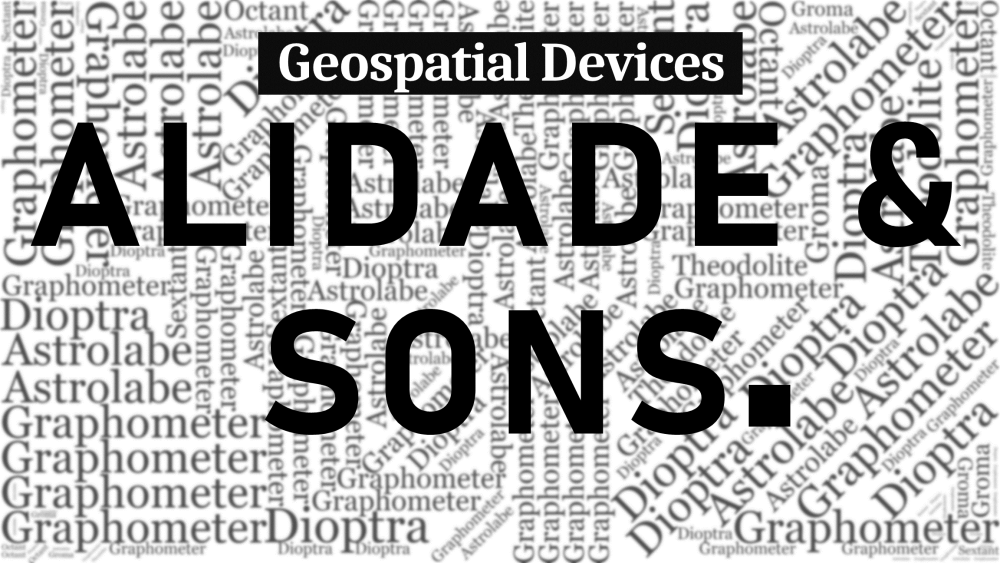

Greek astronomers used the dioptra to measure the positions of stars; both Euclid and Geminus refer to the dioptra in their astronomical works. The dioptra was a sighting tube or, alternatively, a rod with a sight at both ends, attached to a stand. If fitted with protractors, it could be used to measure angles.
An early astrolabe was invented in the Hellenistic civilization by Apollonius of Perga between 220 and 150 BC, often attributed to Hipparchus. The astrolabe was a marriage of the planisphere and dioptra, effectively an analog calculator capable of working out several different kinds of problems in astronomy.

A mathematician, astronomer, natural philosopher, geographer and astrologer, described a “plinth” in his Almagest treatise that could measure the altitude of the noon sun by projecting the shadow of a peg on a graduated arc of 90 degrees. This quadrant was unlike later versions of the instrument; it was larger and consisted of several moving parts. Ptolemy’s version was a derivative of the astrolabe and the purpose of this rudimentary device was to measure the meridian angle of the sun.
A Byzantine Greek philologist, wrote a treatise on the astrolabe in Greek, which is the earliest extant treatise on the instrument [On the Use and Construction of the Astrolabe].
A Mesopotamian bishop, also wrote a treatise on the astrolabe in the Syriac language. Sebokht refers to the astrolabe as being made of brass in the introduction of his treatise, indicating that metal astrolabes were known in the Christian East well before they were developed in the Islamic world or in the Latin West.
A Muslim philosopher, mathematician and astronomer, is the first person credited with building the astrolabe in the Islamic world.
An Iranian mathematician and astronomer, wrote a treatise on the spherical astrolabe. He also gave a proof of the Pythagorean theorem using the Pythagorean tiling.

A Syrian Arab astronomer established the mathematical background of the astrolabe in his treatise Kitab az-Zij.
An Iranian astronomer, first described over 1,000 different uses of an astrolabe, in areas as diverse as astronomy, astrology, navigation, surveying, timekeeping, prayer, Qibla, etc.
An Iranian mathematician and astronomer, invented the linear astrolabe, sometimes called the “staff of al-Tusi”, which was “a simple wooden rod with graduated markings but without sights. It was furnished with a plumb line and a double chord for making angular measurements and bore a perforated pointer” . While it was easier to construct and was known in al-Andalus, it did not gain much popularity.
Invented the geared mechanical astrolabe.

A German cartographer and humanist scholar, contributed a treatise on surveying and perspective to the fourth edition of Gregor Reisch’s Margarita Philosophica. He included an illustration of a forerunner to the theodolite, a surveying instrument he called the polimetrum.

A Dutch physician, mathematician, cartographer, philosopher, and instrument maker, described for the first time the method of triangulation. Maybe he is the inventor of the circumferentor.
An English mathematician and surveyor, used the word “ theodolite” for first time in his surveying textbook “A geometric practice named Pantometria”. The term “theodolite” was applied to an instrument for measuring horizontal angles only, but he also described an instrument that measured both altitude and azimuth which he called a topographical instrument.
Built the first instrument approximating to a true theodolite, complete with compass and tripod.
A French designer and maker of mathematical instruments, introduced the graphometer in Déclaration de l’usage du graphomètre.

A French landscape architect, described the use of the graphometer in transferring geometric shapes from garden plans onto landscapes at a large scale in La theorie et la pratique du jardinage.
Built the first instrument to combine the essential features of the modern theodolite. This instrument had an altazimuth mount with a sighting telescope. The base plate had spirit levels, compass and adjusting screws. The circles were read with a vernier scale.

An English mathematician, invented the octant, at approximately the same time, Thomas Godfrey, an American optician, also invented the octant independently.

A British mathematician, astronomical and scientific instrument maker, introduced the great theodolite which he created using a very accurate dividing engine of his own design and the theodolite became a modern, accurate instrument.
Founded Troughton & Simms, a British scientific instrument firm. They developed the transit theodolite that the vertical partial circle was replaced with a full circle, and both vertical and horizontal circles were finely graduated.

A Swiss businessman, industrial designer, and inventor who was the founder of Wild Heerbrugg, designed a theodolite with divided glass circles with readings from both sides presented at a single eyepiece close to the telescope so the observer did not have to move to read them. The Wild instruments were not only smaller, easier to use and more accurate than contemporary rivals but also sealed from rain and dust.
Contents